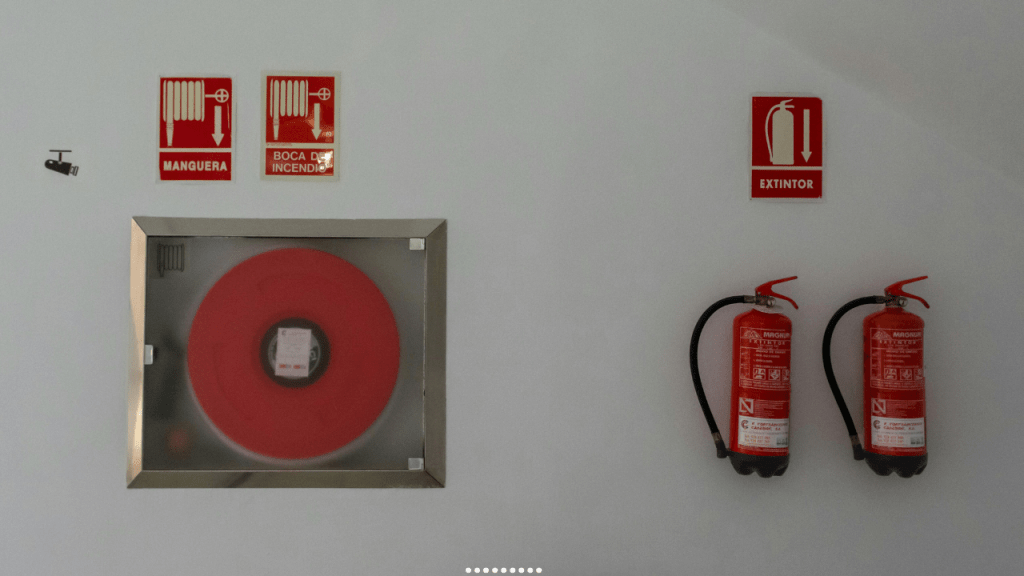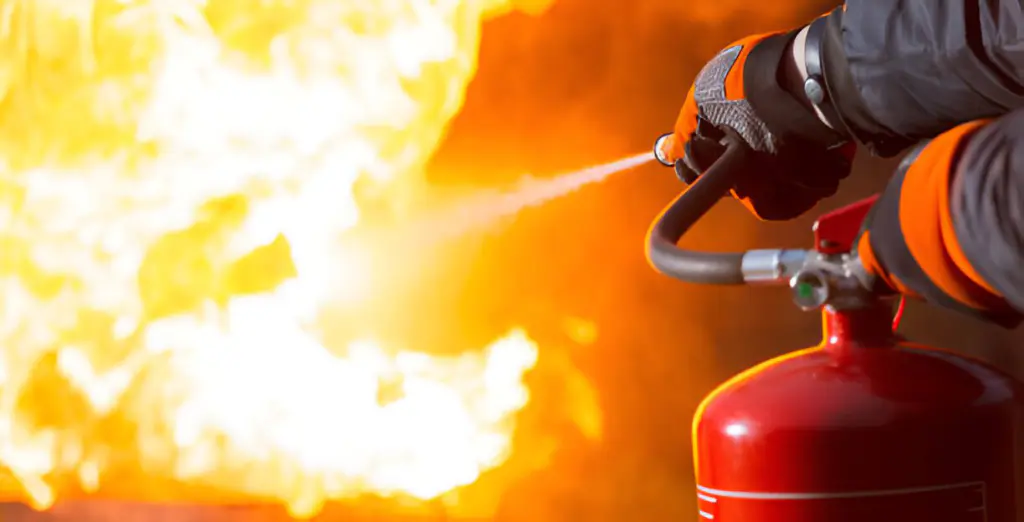Is it true that a comprehensive Fire Risk Assessment (FRA) is the cornerstone of fire safety?
I’ve come across several measures that are commonly recommended in an FRA, such as the installation of fire alarms, regular fire drills, and ensuring clear exit routes.
However, I’m intrigued to know if there are more strategies to consider. Let’s explore this further, shall we?
What are the common fire safety measures recommended in an fra
In an FRA, or Fire Risk Assessment, several key fire safety measures are consistently recommended, designed to minimize risk and protect both people and property.
One of these is the correct placement and maintenance of fire extinguishers. These need to be easily accessible and routinely serviced, as out-of-date equipment can be as dangerous as a fire itself.

Another is the installation of fire alarms and smoke detectors, which can provide critical early warnings in the event of a fire.
Proper signage indicating emergency exits and fire assembly points is also crucial.
Lastly, regular fire drills are recommended to ensure everyone knows what to do in case of a fire. These measures, when implemented correctly, significantly reduce potential hazards and save lives.
Fire prevention measures in the workplace
Building on the importance of fire safety measures in an FRA, let’s now explore how these preventive strategies can specifically be applied in a workplace setting.
First off, it’s crucial to practice good housekeeping. Clutter provides fuel for fire and blocks access to exits and emergency equipment. Regularly inspecting and maintaining electrical equipment is another measure to prevent electrical fires. Workplaces must also store flammable substances securely and safely.

Furthermore, fire safety training shouldn’t be overlooked. It’s not enough to have emergency plans; employees must know these inside out. Regular fire drills ensure everyone understands their role in an emergency.
Lastly, installing fire detection and suppression systems like smoke detectors and sprinklers is crucial. Quick detection and control can drastically reduce the impact of a fire.
Fire safety measures in buildings
How do we ensure robust fire safety in buildings, you may ask?
It’s a layered process.
First, we must incorporate fire-resistant materials in the construction phase. These materials slow down fire spread, buying precious evacuation time.
Next, we need to install fire safety equipment like sprinklers, alarms, and extinguishers at strategic points. Regular inspection and maintenance of these devices is crucial, because a malfunctioning fire alarm is as good as none.
Additionally, we should design buildings with clear escape routes and emergency exits that are easily accessible.
Finally, we must conduct regular fire drills to prepare occupants for potential fire incidents.
These measures, when implemented meticulously, can significantly enhance fire safety in buildings.
what are the 5 fire safety rules?
While these aforementioned strategies work to enhance the fire safety of buildings, it’s equally important that we understand and adhere to the five cardinal fire safety rules.
First, always keep exits clear. This ensures a safe and swift evacuation during emergencies.
Second, understand the use of fire extinguishers. Knowledge of the PASS (Pull, Aim, Squeeze, Sweep) technique is crucial.
Third, don’t overload electrical circuits as this is a common cause of fires.
Fourth, regularly test smoke alarms. These devices are our first line of defense, alerting us to the presence of fire.
Lastly, have a fire escape plan. This helps to ensure everyone knows how to safely exit the building.
These rules, when meticulously followed, can significantly mitigate the risk of fire incidents.
Frequently Asked Questions
How Often Should Fire Safety Measures Be Reviewed and Updated?
I’d recommend reviewing and updating fire safety measures at least annually. However, it’s crucial to reassess them after any significant changes to the building structure or occupancy, ensuring a safe environment at all times.
What Specific Fire Safety Measures Are Recommended for Residential Properties?
For residential properties, I’d recommend installing smoke detectors, maintaining a clear exit path, keeping fire extinguishers handy, and regularly checking electrical systems. It’s crucial to have an evacuation plan in place as well.
Who Is Responsible for Ensuring Fire Safety Measures Are Implemented and Followed?
I’m responsible for ensuring fire safety measures are implemented and followed. It’s my duty to ensure all safety protocols are in place, regularly inspected and adhered to, delivering maximum protection to life and property.
How Can Fire Safety Measures Be Communicated Effectively to All Occupants of a Building?
To effectively communicate fire safety measures to all building occupants, I’d recommend consistent training, clear signage, and regular drills. It’s crucial to maintain open lines of communication for any queries or concerns.
Are There Any Specific Fire Safety Measures for Buildings or Workplaces With High-Risk Activities?
Yes, high-risk buildings often require additional fire safety measures. These might include specialized extinguishing systems, more frequent fire drills, evacuation plans, and strict adherence to safety protocols to minimize the risk of fire occurrences.
Conclusion
In conclusion, an FRA emphasizes several fire safety measures including regular fire drills, safe storage of flammable substances, and the installation of fire extinguishers.
It’s vital for buildings to have clear evacuation routes and alarms.
Remember the 5 fire safety rules: don’t play with fire, inform adults of fire hazards, follow safety protocols, know the evacuation plan, and call the fire department in emergencies.
Implementing these measures can significantly reduce the risk of fire incidents.









